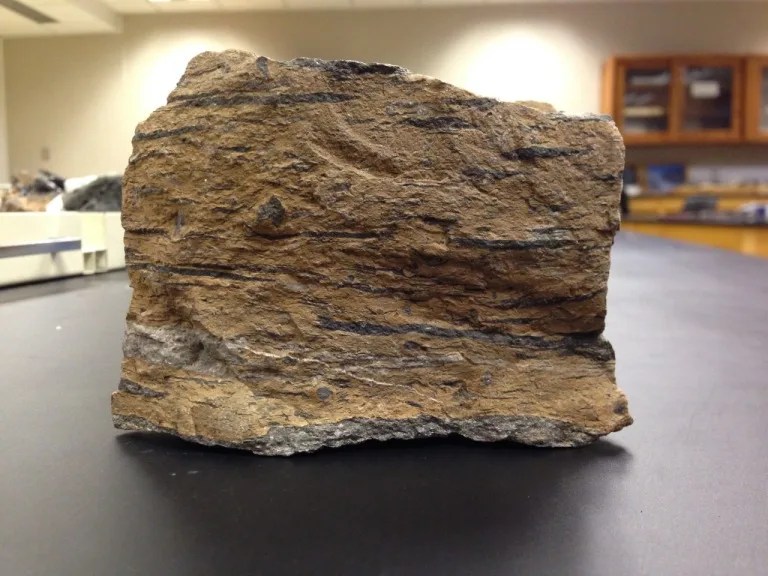
 www.customwheeloffset.com
www.customwheeloffset.com ```html
Introduction: Build Your Own Basic Birdhouse Creating a birdhouse is a fun and rewarding project that benefits your local wildlife. This guide will walk you through building a simple, functional birdhouse using readily available materials. This project is suitable for beginners and can be completed in a few hours.
Materials and Tools Needed Before you begin, gather the necessary supplies:
Wood: One 1x6x8 pine board is usually sufficient for a basic birdhouse. Cedar or redwood are more weather-resistant options. Fasteners: Galvanized nails or screws (1 1/4 inch) Wood glue Saw (hand saw, circular saw, or miter saw) Drill with various sized drill bits (including a bit sized for the entrance hole) Measuring tape or ruler Pencil Sandpaper (medium grit) Clamps (optional but helpful) Cutting the Wood Pieces Use the following dimensions as a guideline. Adjust as needed to suit your wood and desired birdhouse size.
Front: 6 inches wide x 8 inches high Back: 6 inches wide x 10 inches high (extra length for roof overhang) Sides: Two pieces, 6 inches wide, tapering from 8 inches high in the front to 10 inches high in the back. This creates the roof slant. Bottom: 4.5 inches wide x 6 inches deep Roof: Two pieces, 4 inches wide x 7 inches deep Measure and mark each piece of wood according to these dimensions. Carefully cut each piece using your chosen saw. Sand any rough edges. Assembling the Birdhouse Body
Attach the sides to the bottom piece using wood glue and nails/screws. Ensure the bottom is flush with the bottom edges of the sides. Clamp if necessary while the glue dries. Attach the front piece to the sides and bottom, again using glue and fasteners. Make sure the bottom edge is flush. Attach the back piece in the same manner. The back should extend past the sides to create a roof overhang. Adding the Roof and Entrance Hole
Attach the roof pieces to the top edges of the sides and back. Use glue and fasteners. Ensure the roof pieces overhang the front and sides of the birdhouse. Decide on the appropriate size for your entrance hole, depending on the bird species you wish to attract. A 1 1/2 inch hole is suitable for many common backyard birds. Use a drill bit of the correct size to create the entrance hole in the center of the front piece, approximately 2 inches from the top. Finishing Touches
Sand any rough edges or splinters. If desired, you can paint or stain the birdhouse. Use non-toxic, bird-safe paints or stains. Light colors are generally preferred as they reflect heat. Allow the paint/stain to dry completely before placing the birdhouse. Consider adding drainage holes in the bottom of the birdhouse to prevent water buildup. Drill a few small holes. Avoid adding perches under the entrance hole, as they can make it easier for predators to access the birdhouse. Installation and Placement
Choose a suitable location for your birdhouse. Ideally, it should be sheltered from strong winds and direct sunlight. Mount the birdhouse securely to a tree, post, or building using screws or wire. Clean the birdhouse annually after the nesting season has ended to remove old nests and debris. Conclusion Congratulations! You've successfully built your own birdhouse. With proper care and placement, it should provide a safe and welcoming home for birds in your area. Enjoy watching the birds move in and raise their families!
```
Tuff Rock types, properties, formation, uses" src="https://i0.wp.com/geologyscience.com/wp-content/uploads/2019/05/Rhyolitic-volcanic-tuff.jpg" width="100%" onerror="this.onerror=null;this.src='https://ts4.explicit.bing.net/th?id=OIP.EgqIyC7R3vd8TR6aupU8EAHaFA&pid=15.1';" /> geologyscience.com Tuff Rock
 geologyscience.com
geologyscience.com Tuff T11 20x9 +10mm
 www.customwheeloffset.com
www.customwheeloffset.com
